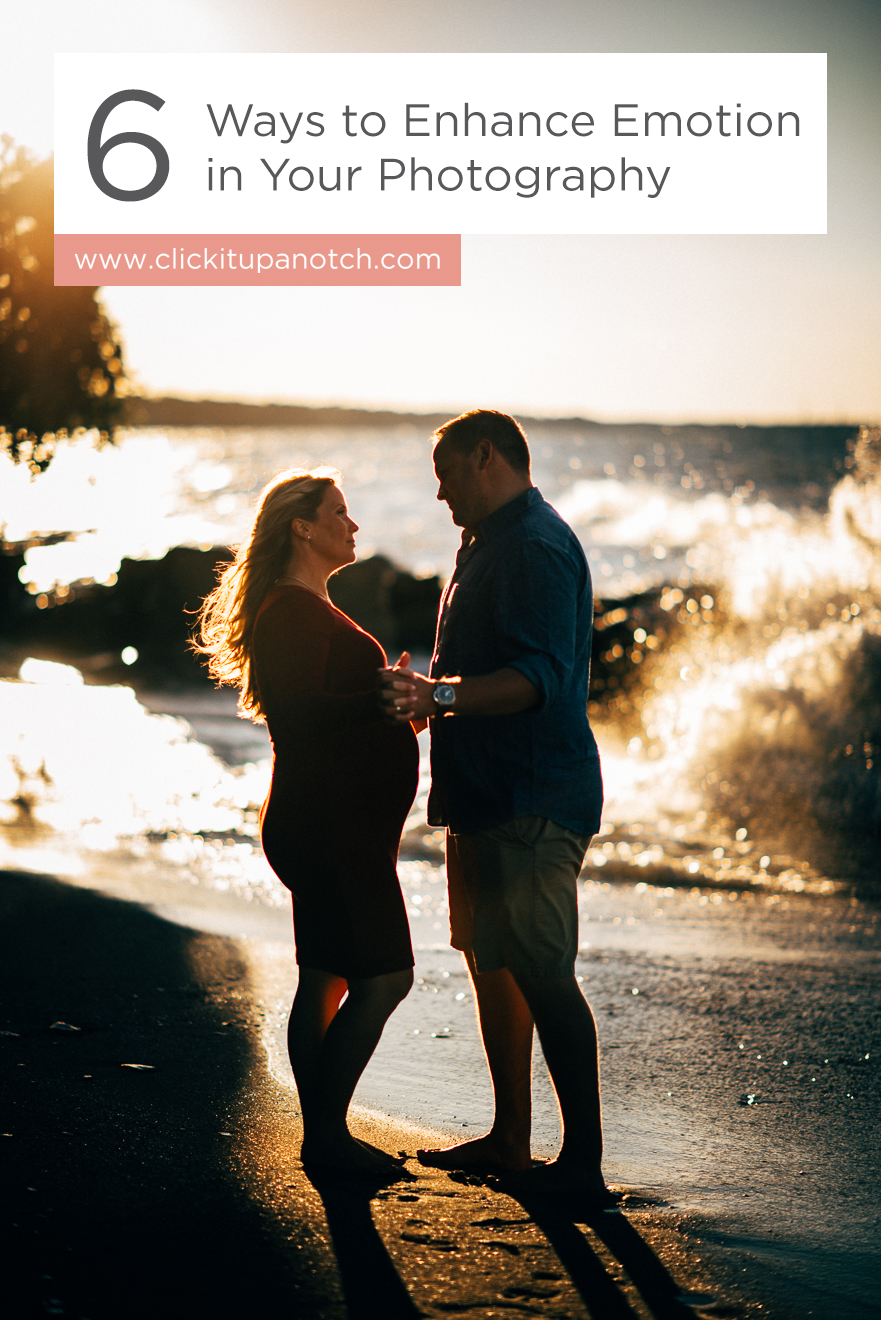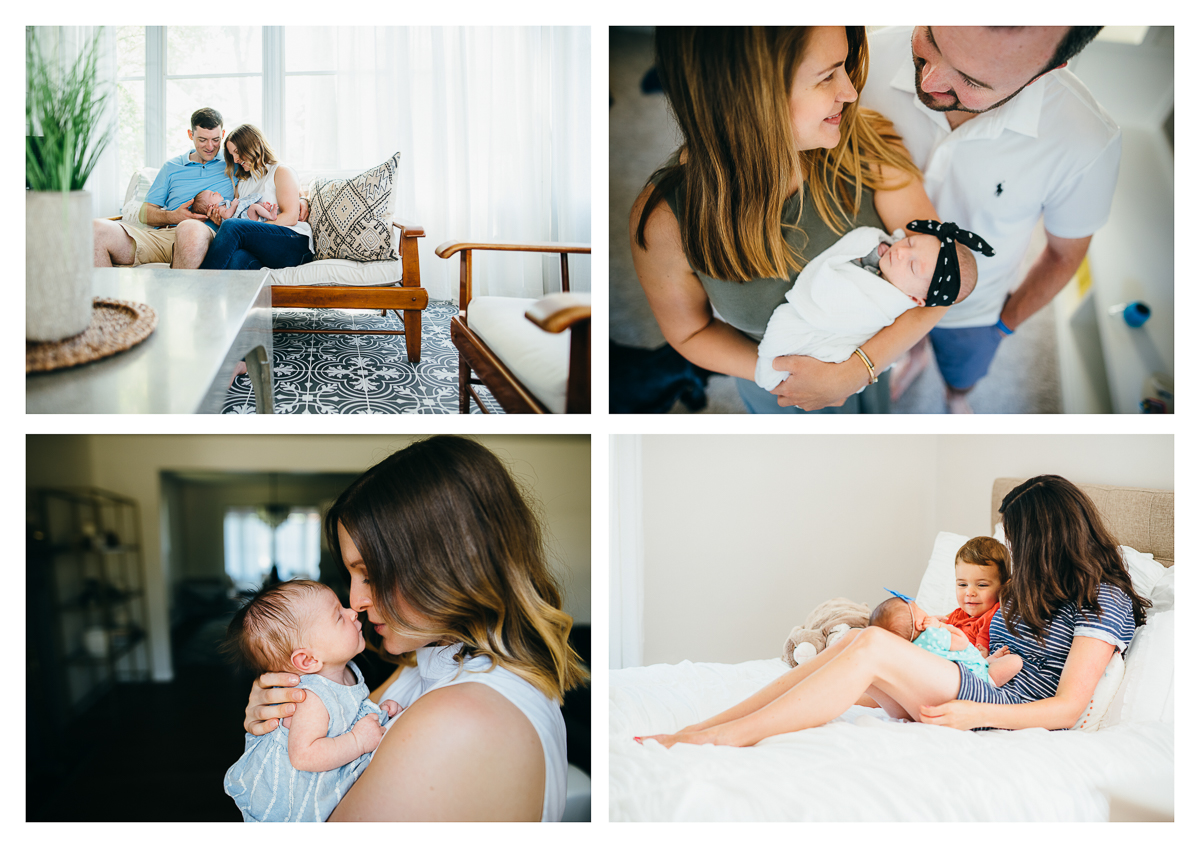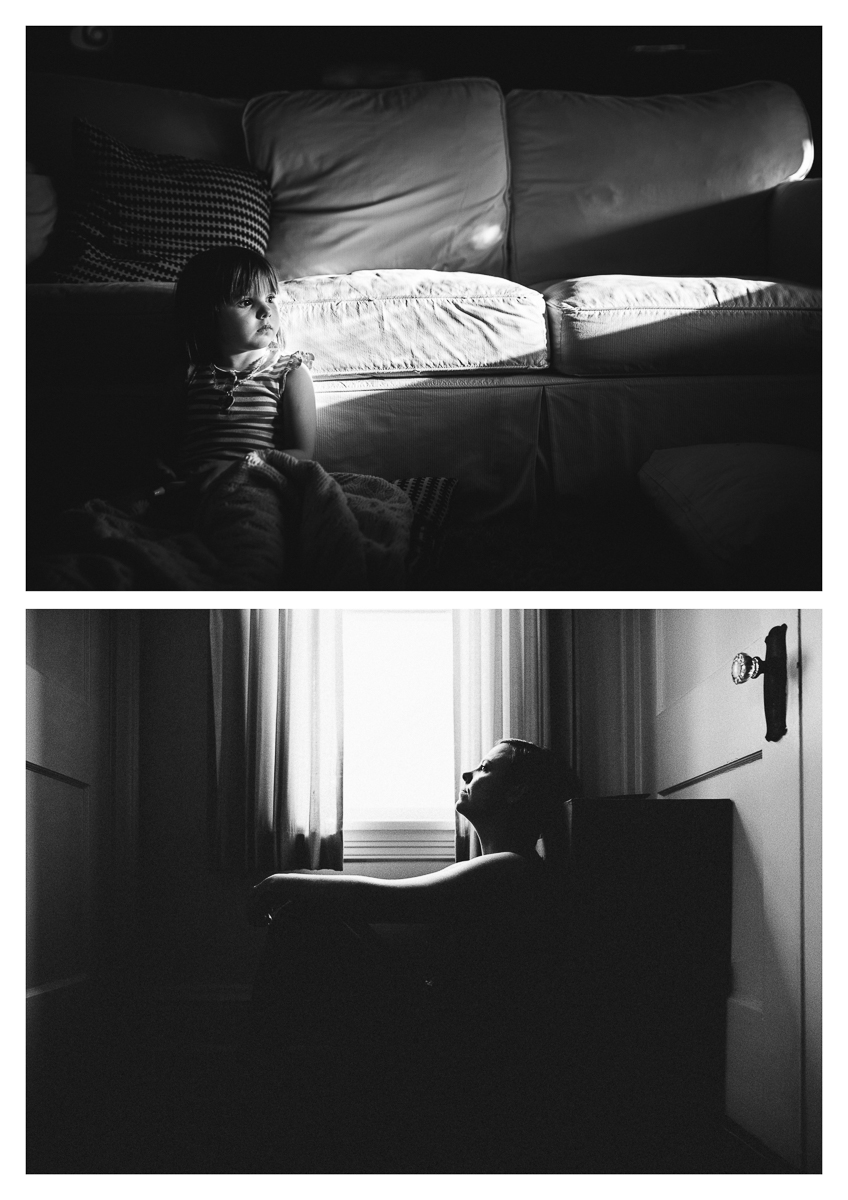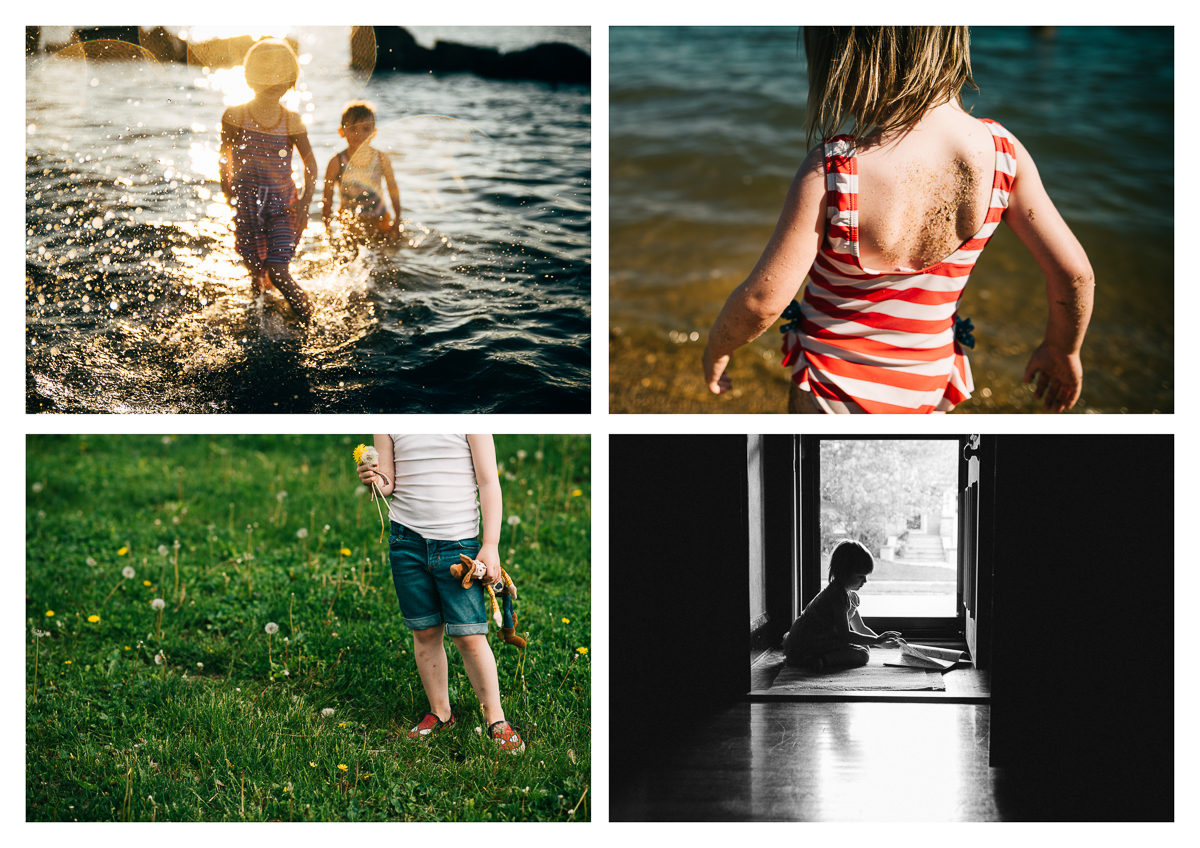There comes a point in every photographer’s journey where taking a pretty photo just doesn’t feel like enough any longer – when you want to look at your photos and feel your soul stirring underneath the surface. To create a photograph that is emotionally moving, there are many different artistic lighting and compositional choices that you can make to help enhance the emotion that you’re capturing within the frame.
-
No.01Use Flat Light
While flat light is often not considered to be the most interesting light we can use to capture a scene, doing so allows for the connection to be fully seen in context with the subject’s surroundings. Placing your subject closer to the light source can illuminate beautiful connections while letting some of the background fall into the shadows.
The farther away you place your subject to the light source, or if you have a large amount of soft diffused light, the more of the story you can illuminate to allow your viewer to be drawn right to the emotion in the scene while putting them in context with the story you’re trying to tell.
-
No.02Play up the Masculine
Using lower light to photograph men can give the image a more masculine feel while still stirring up an emotional connection for your viewer. Especially when photographing newborns, Dad’s surroundings can often appear more whimsical or feminine than you might want when capturing his connection to his child.
Exposing to capture only certain elements of their interaction can draw the viewer directly to the emotional connection you’re documenting.
-
No.03Isolate Your Subject
Using hard or directional light to isolate your subject can pull up feelings of loneliness, isolation, or introspection. Underexpose in camera and expose for the highlights to make sure you don’t lose detail in the bright spots that you want to capture.
-
No.04Shoot For Nostalgia
How does the moment feel to you? If you’re shooting as the family historian – what do you want to remember about that moment in the future? How does it feel to you?
To me, memories always come to me in a blurry haze of light and color, so I often try to capture those feelings by creating an intentionally out of focus image. As time goes on, we often can’t remember how a moment looked, but we can remember bits of it that engaged our senses.
What are textures in the scene you can capture to remember how it felt to the touch? Processing choices can help you convey how a scene might sound (using bold colors to convey noise, softer colors or black and white to convey quiet calm).
-
No.05Incorporate Movement
Nothing says “joy”tome more than adding movement when photographing my subjects. It is my favorite thing to do to bring life to an image and helps the viewer place themselves in the scene by allowing them a glimpse into how it felt to be in that moment.
A few ways movement can be incorporated are by giving your subjects an action and raising your shutter speed to catch it, embracing wind blowing through hair on a blustery day, or capturing your subjects interacting with one another. Using backlight to enhance the joy or love in the image by positioning yourself where you can capture the sun behind the action is a great way to draw attention to the emotion that’s being created by the movement in the scene.
Read more: Search movement 5 Ways to Elevate Your Photography by Capturing Movement
-
No.06Cropping, Chops, and Details
Where is the emotional story for you? For me it’s almost always in my subjects’ hands. Intentional rule-breaking when it comes to creative cropping and chopping helps isolate where the connection is and creates more of a universality to the image.
When the subjects’ heads or identifying details are left out of the frame, it can allow your viewers to put themselves in the place of your subjects. The emotional story for me can almost always be found in the details of my subjects’ body language if I am patient enough and observant enough to wait for them to present themselves.















Great article! Thank you for sharing these excellent tips that some photographers would choose to keep secret. It inspires busy mums and wannabe hobbyists like myself to actually give it a go! Thank you!
I agree Rachel! As a busy mom of two & a hobbyists, these tips keeps me going!
I’m curious as to what your settings were for the second picture under point number 2. I am struggling with harsh backlighting, but I think I need to accept blown out highlights in order to get my subject the way you did.
Very good tips. Actually I use most most of them without doing it on purpose.
Thank you, now I can put some words on what I do.
[…] There are four main techniques you can use when taking portrait photography they are, “flat lighting, isolate your subject, incorporate movement, and cropping, chop, detail.“ First I’m going to go into detail about flat light, which is a white light directly above the model that puts emphasis up close allowing the viewer to feel more of a personal emotion connected to the story being told in the photograph. The other form of flat light is when you put emphasis on the environment surrounding the subject. You can do this by focusing your camera angles more on the ambiance rather than just the subject, this allows you to get a bigger picture of what the story is trying to convey. Next is isolate your subject, this is when you use hard direct lighting on the model and darken/blacken everything else surrounding your focal point. To incorporate movement in your photo by using hand gestures, splashed water, wind on a subject, etc. Lastly, I am going to explain cropping, chops, and details are in the way you crop the photo to emphasize a certain subjects’ like hands or body. When the model’s heads or identifying details are left out of the photo, it can allow the person viewing the portrait to put themselves in the place of your subjects. For more information on these photography tips visit this: link 🙂 […]